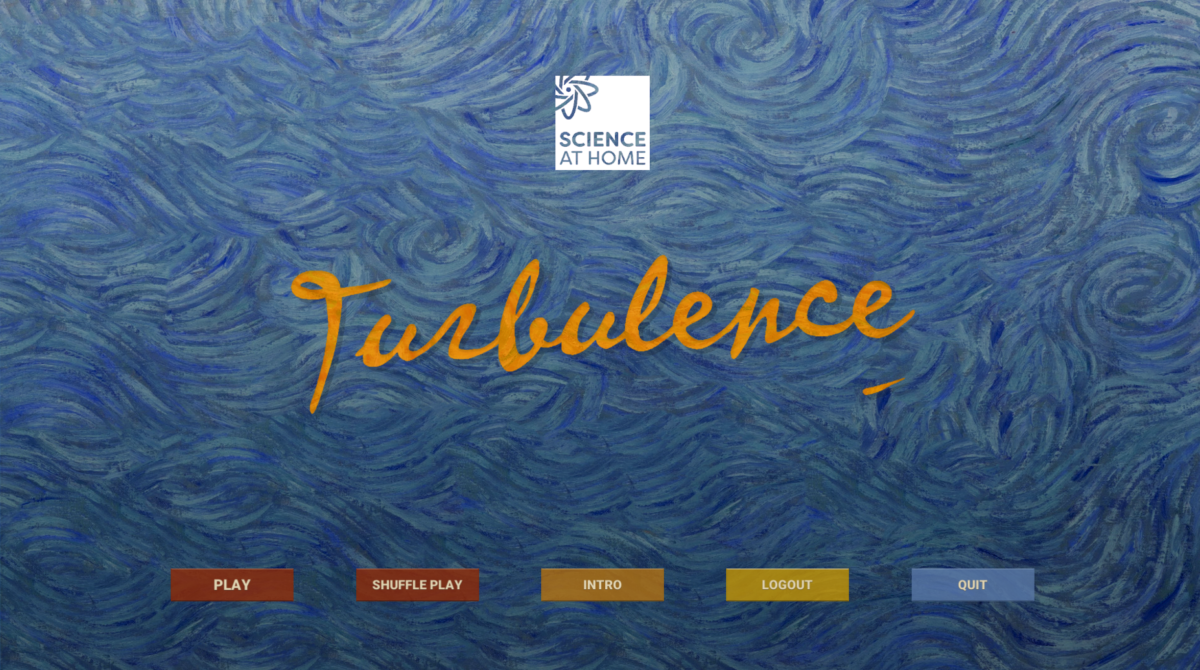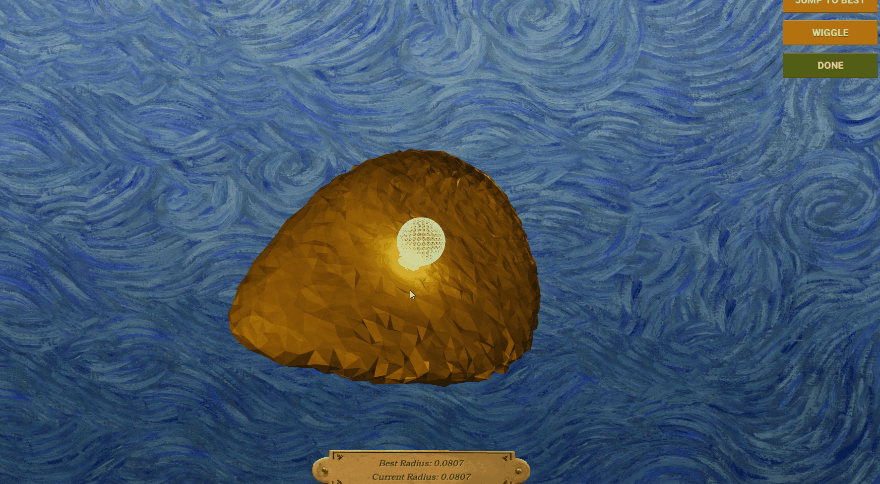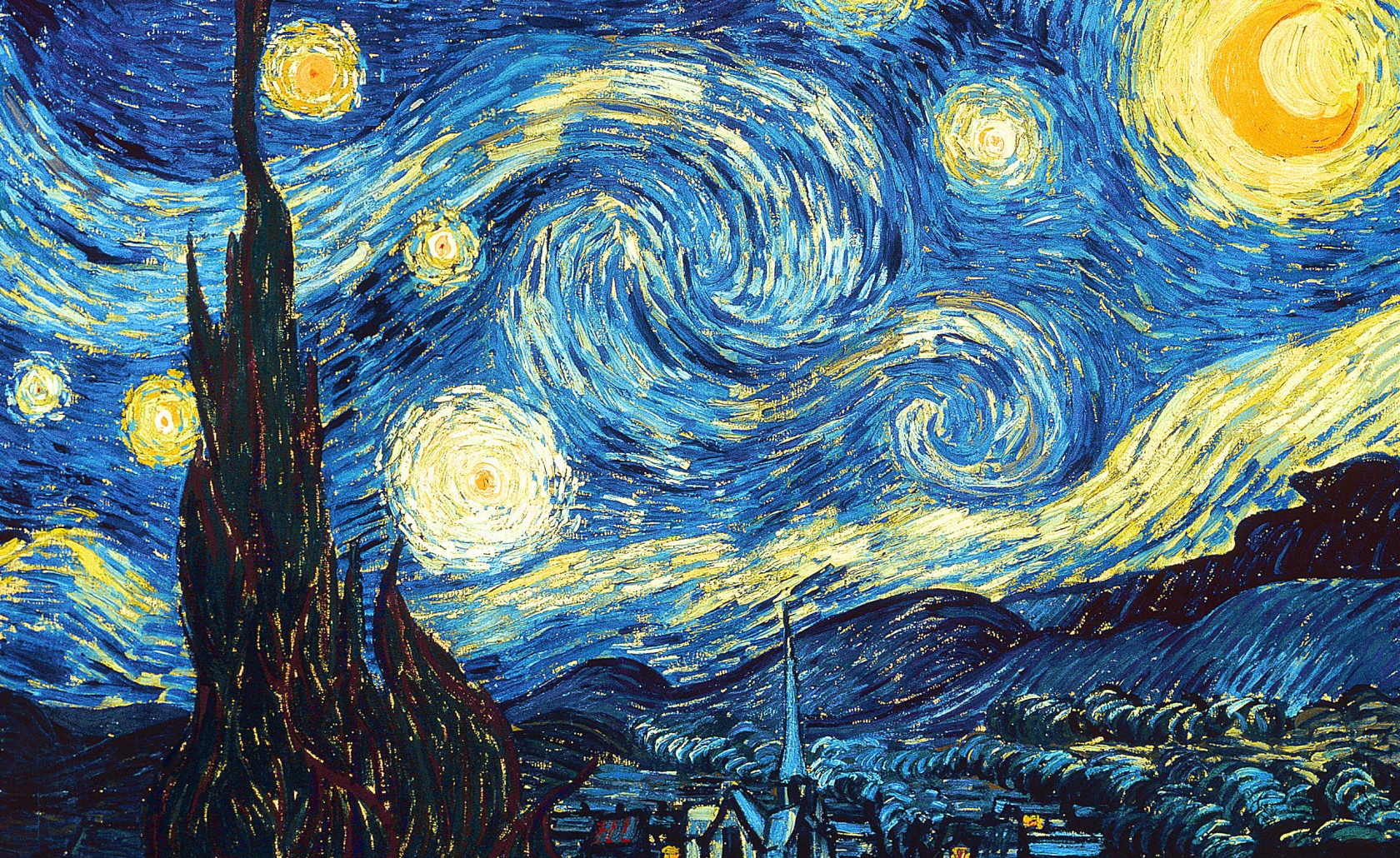
Chaotic turbulence
In the depth of simulated turbulence, join our quest to unlock the mysteries of the “most important unsolved problem in classical physics.”
So, what is turbulence? Turbulence is a phenomenon in fluid dynamics, and it is characterized by chaotic changes in pressure and velocity. This sounds very theoretical, but in fact, you find turbulence everywhere in the world around us! When you stir your coffee vigorously, you can see turbulent behavior in the coffee cup. Although scientists love their coffee, they study turbulence because it affects some critical situations. On one hand, understanding the dynamics of the turbulent air behind a large plane is key in maintaining the safety of the airspace around an airport. On the other hand, turbulent mixing can be helpful for designing more efficient systems for introducing medicine into the bloodstream.
ScienceAtHome collaborator, Janet Rafner, spent the past few years understanding the complicated math behind the Navier-Stokes equations which describe the motion of viscous fluids. However, just studying math wasn’t enough.

“I really want to share my interests in physics and how it helped me see the world differently, and ultimately, more beautifully. And I found that through art, animation, and design you can really bridge that gap. You can break down some of the fear and barriers between the big and kind of scary concepts of physics that some people just don’t want to deal with.”
That’s where Turbulence game comes in. Turbulence turns a complex problem in fluid dynamics into an online game for people around the world to help solve.
Gameplay and science
What is the science behind the game?
In the game, you are competing against other players to explore shapes that are formed in the most chaotic areas of turbulent flow. In technical terms, we call these shapes RIVs (the Regions of Intense Vorticity). We can see RIVs, but we don’t know very much about them–that’s where you come in!

What is the player’s goal?
In the game, we need your help finding the “biggest” Region of Intense Vorticity in each snapshot of the simulation. But by “big”, we mean the one that will hold the largest sphere. Why do we need to know that? This sphere size determines a very important size scale in turbulence. In technical lingo, the scale is called “the scale of sparseness of the RIV.” But we just call it r. This scale is thought to be closely related to the dissipation scale, which tells us about the process where chaotic turbulence begins to calm down and dissipate. Dissipation, which is a bit like dissolving, marks the end of the energy cascade. In an energy cascade kinetic energy is transferred (cascades) from larger to smaller scales of the flow and eventually dissipates completely.
How are you helping science?
The data we collect from your gameplay will be analyzed to gain insight into the key relationship between r and the dissipation scale. Your gameplay will then help us get one step closer to understanding turbulence, which was described by renowned physicist Richard Feynman as “the most important unsolved problem of classical physics.”
In addition, the data analysis is expected to shed new light on recent geometric studies regarding the possible singularity formation in solutions of the Navier-Stokes equations, one of the Millennium Prize Problems.
Design
Four years ago, Rafner took a seminar at the University of Virginia entitled "Turbulence in Art and Math" and it changed the way she saw the equations. The RIV in the game are derived from vortex structures, which are formed from turbulence and are observable at all scales. Various realizations of vortex structures in nature include spiral galaxies, solar wind phenomena, hurricanes and tornadoes, and even tea leaves spiraling in a cup.

Vincent van Gogh - Starry Night
These vortex structures were so interesting to observe, many famous artists depicted them in their work, such as a painting of Starry Night by Vincent van Gogh, Leonardo da Vinci’s drawings of eddy motion, a woodblock print The Great Wave off Kanagawa by Katsushika Hokusai. Rafner holds dual degrees in physics and art and finds these vortex structures mesmerizing. When conceptualizing the Turbulence game, Rafner imagined players diving into Van Gogh’s chaotic world and exploring the mysteries of the simulated turbulence.
Don't wait anymore, go to our gamepage and download 'Turbulence' for Mac or Windows!
To complete the first stage of research we need as many of you as possible to play 'Turbulence' by Friday, 3rd November. It takes only a few moments to get started. Your contribution can help us get one step closer to understanding the nature of turbulence. Come and join us in the game!

Comments
Game won’t play on Windows 10 🙁 No amount of compatibility tweaking will allow it to run. “This app can’t run on your PC” and check with the software developer are the messages it gives.
Hi Sharon, this is Jonathan from ScienceAtHome. Thanks for attempting to download and play Turbulence, and also thanks for letting us know the problem you are encountering. I’m going to pass this issue over to our developers and see if they have a solution. We also have a support email support@scienceathome.org where we can supply technical support for users.